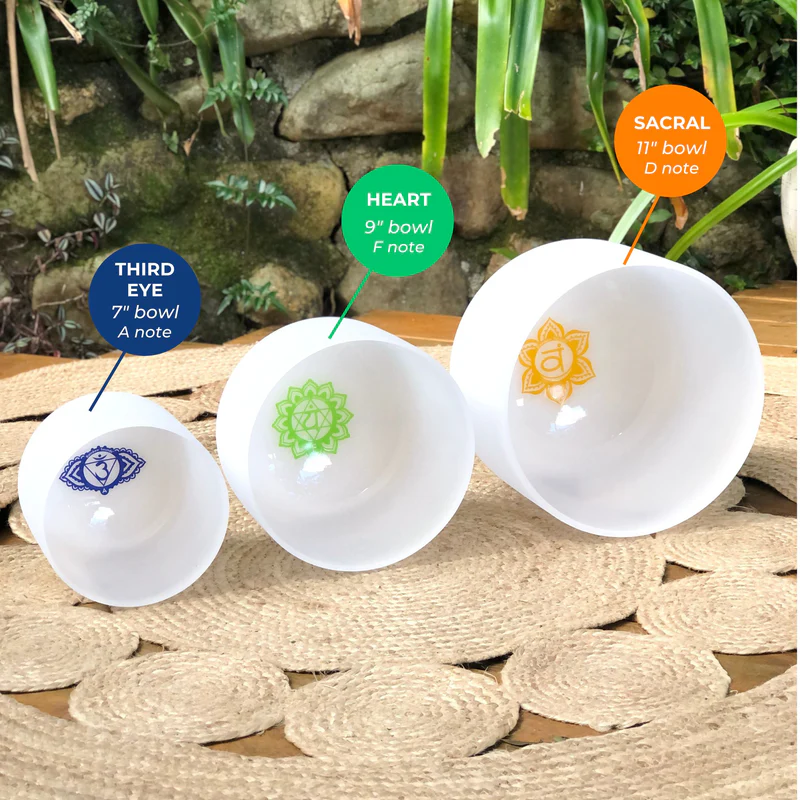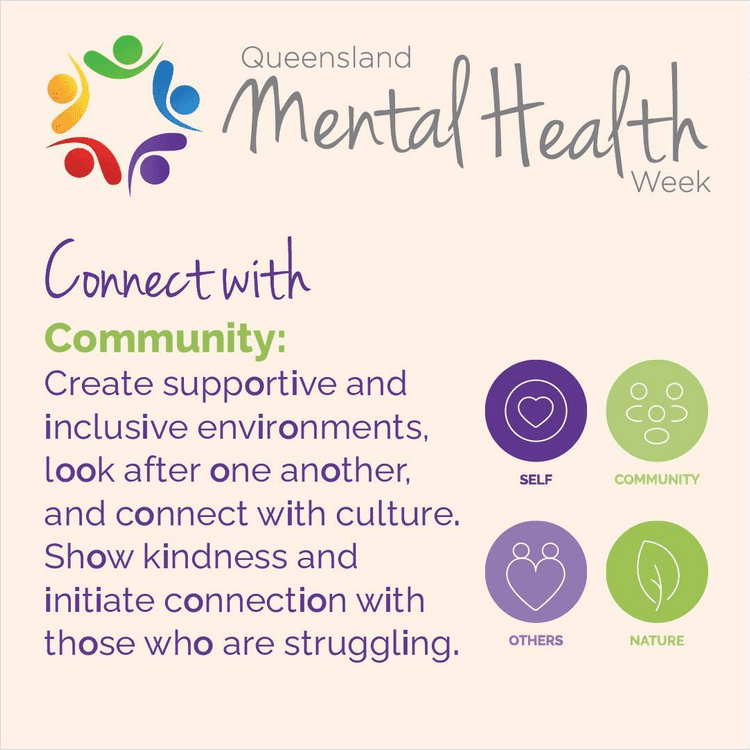Reiki healing therapy, a practice rooted in ancient Japanese teachings, has gained popularity in recent years as a holistic approach to addressing physical, emotional, and spiritual imbalances. In this article, we delve into the essence of Reiki healing therapy, exploring its principles, benefits, and how it works to promote overall well-being. Understanding the fundamentals of Reiki can provide insight into its potential to bring harmony and healing to individuals seeking alternative forms of wellness. Reiki healing therapy, a Japanese technique for stress reduction and relaxation, offers a profound journey into the inner realms of self-healing and eternal peace. Originated by Mikao Usui in Japan, Reiki is a form of alternative therapy commonly referred to as energy healing. It emerged in the late 1800s and is said to involve the transfer of universal energy from the practitioner’s palms to their patient. Reiki is founded on the concept that unseen life force energy flows through us, and this life force is connected to our existential health and happiness.
At the heart of Reiki therapy is a set of key principles known as the ‘Five Reiki Precepts’ which include: Just for today, I will not be angry; Just for today, I will not worry; Just for today, I will be grateful; Just for today, I will do my work honestly; Just for today, I will be kind to every living thing. Reiki operates on different levels: the physical, mental, emotional and spiritual, enhancing everything in life. The treatments focus on boosting the body’s natural healing process through a practice called “palming,” which involves a practitioner placing their hands lightly on or over a client’s body to facilitate the process of healing.
One of the major draws of Reiki healing therapy is its long list of benefits that contribute to an overall sense of wellbeing. These include reduced anxiety and depression, improved sleep, soothing of pain, improved digestion, strengthened self-esteem, and enhanced clarity and focus. Like any manner of treatment though, Reiki healing therapy also carries a few potential risks. It’s important to understand that while Reiki is generally considered safe, some individuals may experience emotional distress or side effects as a result of the energy shifts during a Reiki session.
For those looking to receive Reiki treatment, the experience is both personal and individualistic. It’s often experienced as a warm, radiant glow that flows around and through you. Some people may see vibrant colors, experience a sense of floating, or feel a pulsating energy around them. However, every session is unique, and reactions can vary from profound relaxation to emotional purgation.
To ensure the best experience, it’s crucial to find a qualified Reiki Practitioner. Essential qualifications to look out for include certified training, appropriate insurance, a professional code of ethics, and membership with a recognized Reiki association. It’s also recommended to find a practitioner with whom you feel comfortable and at ease, ensuring your Reiki sessions provide you with the most therapeutic benefit.
Reiki healing therapy is an amazing tool for self-improvement and spiritual growth. By understanding the essence, techniques, benefits, and potential risks, you will be better equipped to leverage this powerful healing modality for improved health, happiness, and wellbeing.
| Key Parameters | Description |
|---|---|
| Origin | Japan, Late 1800s |
| Key Principles | Five Reiki Precepts |
| Benefits | Reduced anxiety and depression, improved sleep, etc. |
| Potential Risks | Emotional distress or side effects from energy shifts |
Q&A
Q: What is Reiki healing therapy?
A: Reiki healing therapy is a spiritual practice that involves the channeling of universal life force energy through the practitioner to help heal the recipient on physical, emotional, mental, and spiritual levels.
Q: How does Reiki healing therapy work?
A: During a Reiki session, the practitioner places their hands on or near the recipient’s body, allowing the energy to flow through them and into the recipient’s body to promote relaxation, balance, and healing.
Q: Is Reiki healing therapy associated with any religion?
A: While Reiki healing therapy has roots in Japanese spiritual practices, it is not associated with any specific religion. It can be practiced by individuals of all faiths or belief systems.
Q: What are the benefits of Reiki healing therapy?
A: Reiki healing therapy can help reduce stress, promote relaxation, relieve pain, improve mental clarity, enhance emotional well-being, and boost overall health and vitality.
Q: How long does a typical Reiki healing therapy session last?
A: A typical Reiki session can last anywhere from 30 minutes to an hour, depending on the practitioner and the needs of the recipient.
Q: Is Reiki healing therapy safe and effective?
A: Reiki healing therapy is considered safe and non-invasive, with minimal risks or side effects. While individual experiences may vary, many people report feeling more relaxed, balanced, and energized after a Reiki session.
Conclusion
In conclusion, Reiki healing therapy is a gentle yet powerful practice that can help restore balance and promote healing on physical, emotional, and spiritual levels. By understanding the essence of Reiki, we can tap into its transformative powers and experience a deeper sense of well-being. Whether you are seeking relief from physical ailments or simply looking to enhance your overall wellness, Reiki can offer profound benefits. With an open mind and a willingness to explore this ancient healing modality, you may find yourself on a path to greater harmony and healing.






